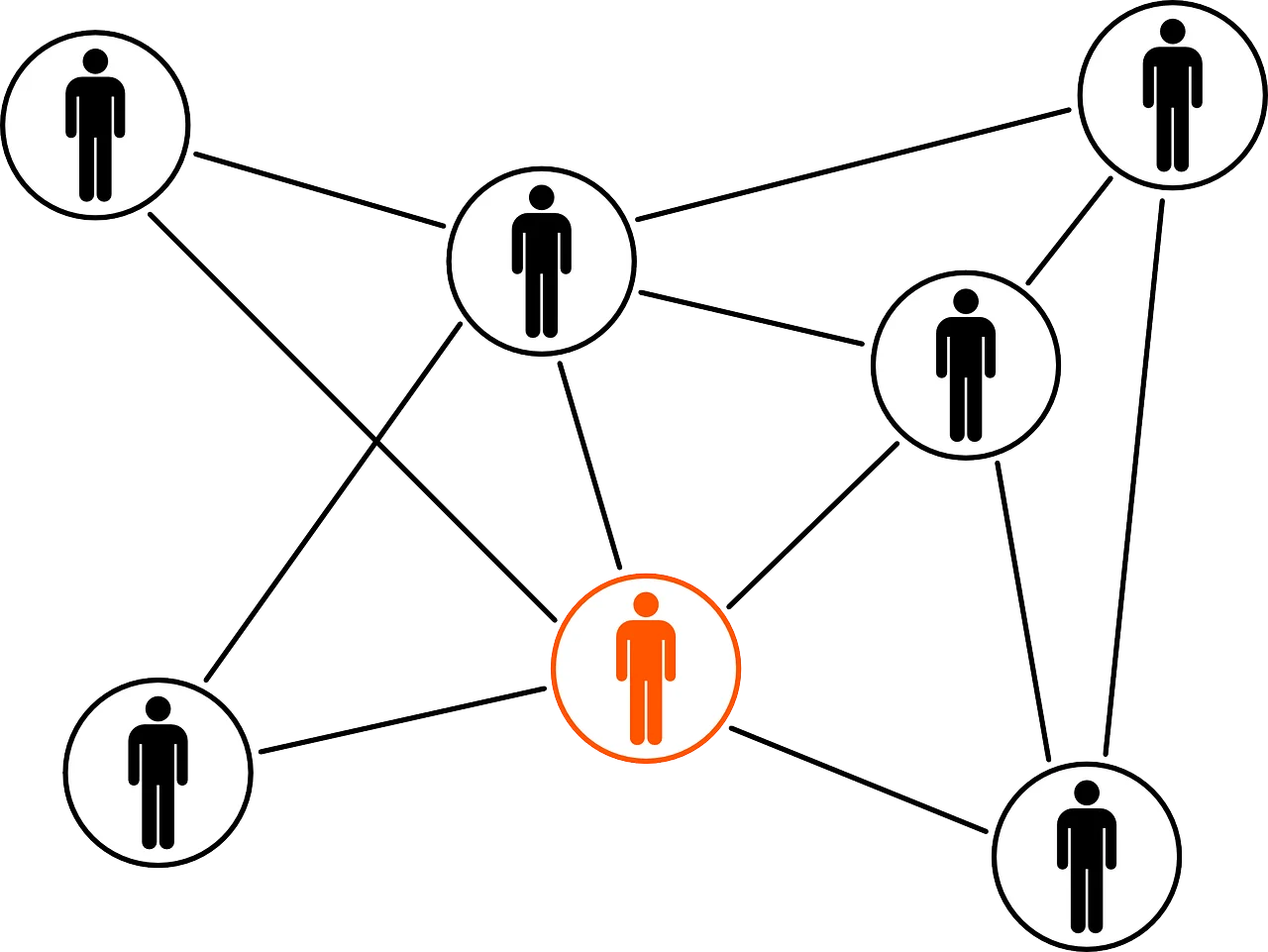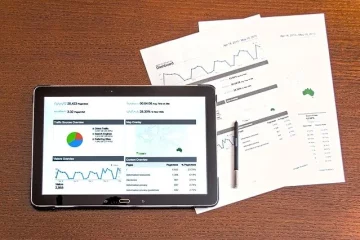Internal linking is one of the most important aspects of SEO. When done correctly, it can help your site rank higher in search results, and it can also help your visitors find the information they’re looking for more easily.
Internal linking is also a great way to keep your website’s visitors engaged. By providing links to other related pages on your website, you can help your visitors explore your website in more depth. And by providing links to your latest blog posts, you can keep your visitors up-to-date on the latest news and information.
This blog will look into all the important aspects of internal linking to explain why it’s a must-have for SEO.
Benefits of Internal Linking For SEO
Here are a few reasons why you should never ignore internal linking for SEO:
It Helps Your Site Rank Higher in Search Results
When you link to other pages on your site from within your content, you’re passing along some of your site’s authority to those pages. This can help them rank higher in search results, which can result in more traffic to those pages.
It Makes it Easier for Visitors to Find the Information They’re Looking For
Internal linking can also help your visitors find the information they’re looking for more easily. Linking to other pages provides a roadmap for your visitors, directing them to the other pages on your site that might be of interest to them.
It Helps Keep Your Site’s Content Organized
Internal linking can also help keep your site’s content organized. It helps to create a hierarchy for your content, making it easier for your visitors to understand the structure of your site.
It Boosts Your Site’s Overall Engagement Levels
Internal linking can also boost your site’s overall engagement levels. By adding links to your content, you encourage your visitors to interact with your content more. This can help keep them engaged with your site, and it can also help you keep track of which pages are the most popular with your visitors.
It Helps You Build a Stronger Site Structure
Internal linking can also help you build a stronger site structure. With internal linking, you’re creating a hierarchy for your content. This can help your visitors understand the structure of your site. It can also help you organize your content more effectively.
It Increases the Chances that Your Visitors Will Stay on Your Site Longer
Internal linking can also increase the chances that your visitors will stay on your site longer. It encourages your visitors to explore your site further. This can help keep them engaged with your site, and it helps you keep track of which pages are the most popular with your visitors.
It Helps You Improve Your Site’s SEO Rankings
Internal linking can also help improve your site’s SEO rankings. You’re passing along some of your site’s authority to those pages which we call “link juice.” This can help them rank higher in search results, which can result in more traffic to those pages.
It Helps You Optimize Your Site for Search Engines
Internal linking can also help you optimize your site for search engines. With internal links, you’re providing search engines with more information about your site’s content. This strategy can help them rank your site higher in search results, which can result in more traffic to your site.
It’s a Great Way to Boost Your Site’s Overall Traffic Levels
Internal linking can also be a great way to boost your site’s overall traffic levels. Internal links create a network that provides your visitors with more information about your site’s content. This can encourage them to explore your site further, which can result in more traffic to your site.
An Interesting Read: Top Marketing Technologies You Must Have in 2022
How To Perform Internal Linking Analysis?
There are a few things that you need to keep in mind when you are performing internal linking analysis:
- The anchor text that you use in your internal links is important. You should use relevant keywords as the anchor text so that Google can understand the content of your website better.
- The anchor text should also be clickable. This means that when someone clicks on the anchor text, they are taken to the page that you have linked to.
- You should make sure that the pages that you are linking to are relevant to the page that the anchor text is linking to.
- You should also make sure that the pages that you are linking to are high-quality pages. This will help improve your website’s SEO.
- You should use internal linking sparingly. Too much internal linking can actually hurt your website’s SEO.
What does internal linking HTML look like?
Internal linking HTML looks like a series of hyperlinks between different pages on a website. The links are typically displayed in blue and underlined text, and clicking on them will take the user to the corresponding page.
For instance, it’s a series of anchor tags (<a>) that point to other pages on your website. Each anchor tag should include a “href” attribute that specifies the page you want to link to.
Internal Linking Examples
- In an article about the benefits of exercise, the author could link to an earlier article about the benefits of exercise for mental health.
- A blog post about the best ways to reduce stress could link to an earlier blog post about the benefits of reducing stress.
- A website about healthy eating could link to an earlier article about the benefits of a healthy diet.
Types of Internal Links
You can use different types of internal links to point from one page on a website to another page on the same website. This variety is an important part of SEO because they help Google and other search engines understand the structure of your website and the relationships between your pages.
There are a few different types of internal links:
Anchor text links
Anchor text links are the most common type of internal link. They are the blue links that you see on a web page, and the text that you click on to go to another page. When you create a link, you can specify the text that you want to use as the anchor text.
Footer links
Footer links are links that are placed at the bottom of every page on your website. They are a great way to provide easy access to your most important pages, and they can also help improve your website’s SEO.
Sidebar links
Sidebar links are links that are placed in the sidebar of your website. They are a great way to provide easy access to your most important pages, and they can also help improve your website’s SEO.
Menu links
Menu links are links that are placed in the menu of your website. They are a great way to provide easy access to your most important pages, and they can also help improve your website’s SEO.
Internal links in articles
Internal links in articles are links that are placed within the content of your website. They are a great way to provide easy access to your most important pages, and they can also help improve your website’s SEO.
Tools for Internal Linking
There are a number of different tools you can use to help you with internal linking. One of the most popular tools is the Yoast SEO plugin for WordPress. This plugin helps you to optimize your website for SEO and includes a tool for internal linking.
Another popular tool for internal linking is the Google Search Console. This tool allows you to see how your website is performing in Google search results, and it includes a tool for internal linking.
If you are not using WordPress or Google Search Console, there are a number of other tools available. Simply do a search for “internal linking tool” and you will find a number of options to choose from.
Conclusion
Internal linking is one of the most important aspects of SEO, and it’s something that you should never ignore. By linking to other pages on your website from your own pages, you can help improve your website’s search engine rankings, and you can also help your visitors find the information they need.
So, if you’re looking to improve your website’s SEO and keep your visitors engaged, be sure to make use of internal linking. It’s a simple tactic that can make a big difference.




